A research team has improved the DNA/RNA transfection ability of carbon nanotubes by optimizing the plasma processes used in their functionalization.
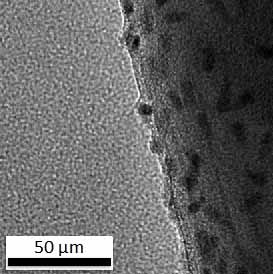

A research team has improved the DNA/RNA transfection ability of carbon nanotubes by optimizing the plasma processes used in their functionalization.
The research article from Georgia Tech addresses an important issue in the current battle against cancer – the development of resistance to anticancer drugs, which leads to the loss of efficacy of chemotherapeutic treatment.
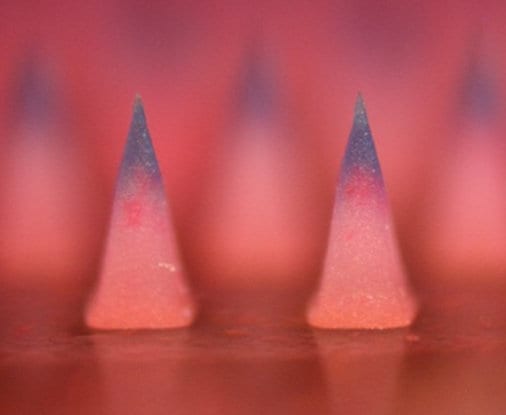
Implantable silk composite microneedles for programmable vaccine release kinetics and enhanced immunogenicity in transcutaneous immunization.
Rice, Göttingen, VU researchers track single-molecule proteins in living cells.
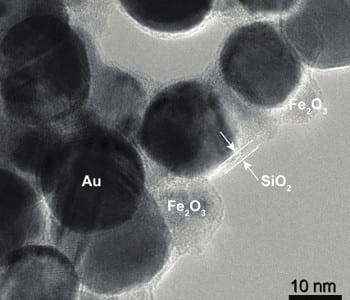
ETH researchers have developed plasmonic particles that are relatively easy to produce and have a wide range of applications, including cancer treatment.

Interview with Professor Joanna Aizenberg as new member of the Editorial Advisory Board of the journal Advanced Materials.

A combination of nanotechnology and a unique twisting property of light could lead to new methods for ensuring the purity and safety of pharmaceuticals.
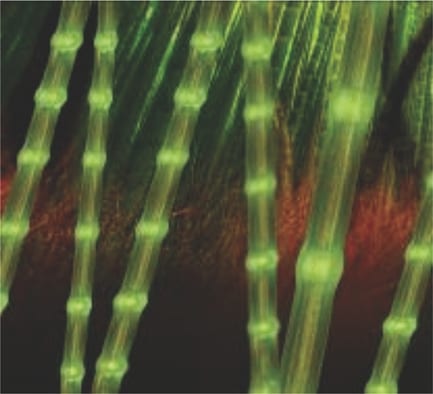
A biomimetic one-step fabrication approach is utilized to generate bamboo-like hybrid fibers at the micro- and nanoscale.
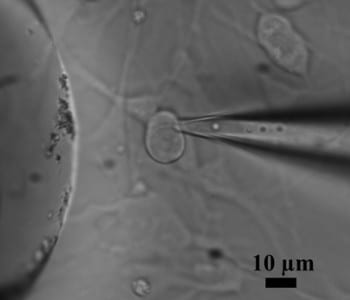
Silica-coated gold nanorods with absorption at precisely 780 nm cause action potentials in nerve cells when exposed to laser light.
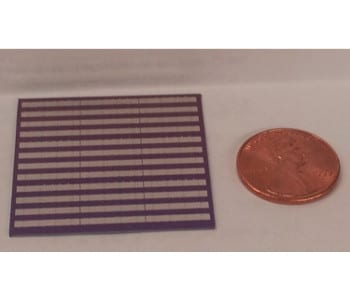
Researchers create an artificial chemical sensor based on one of the human body’s most important receptors.